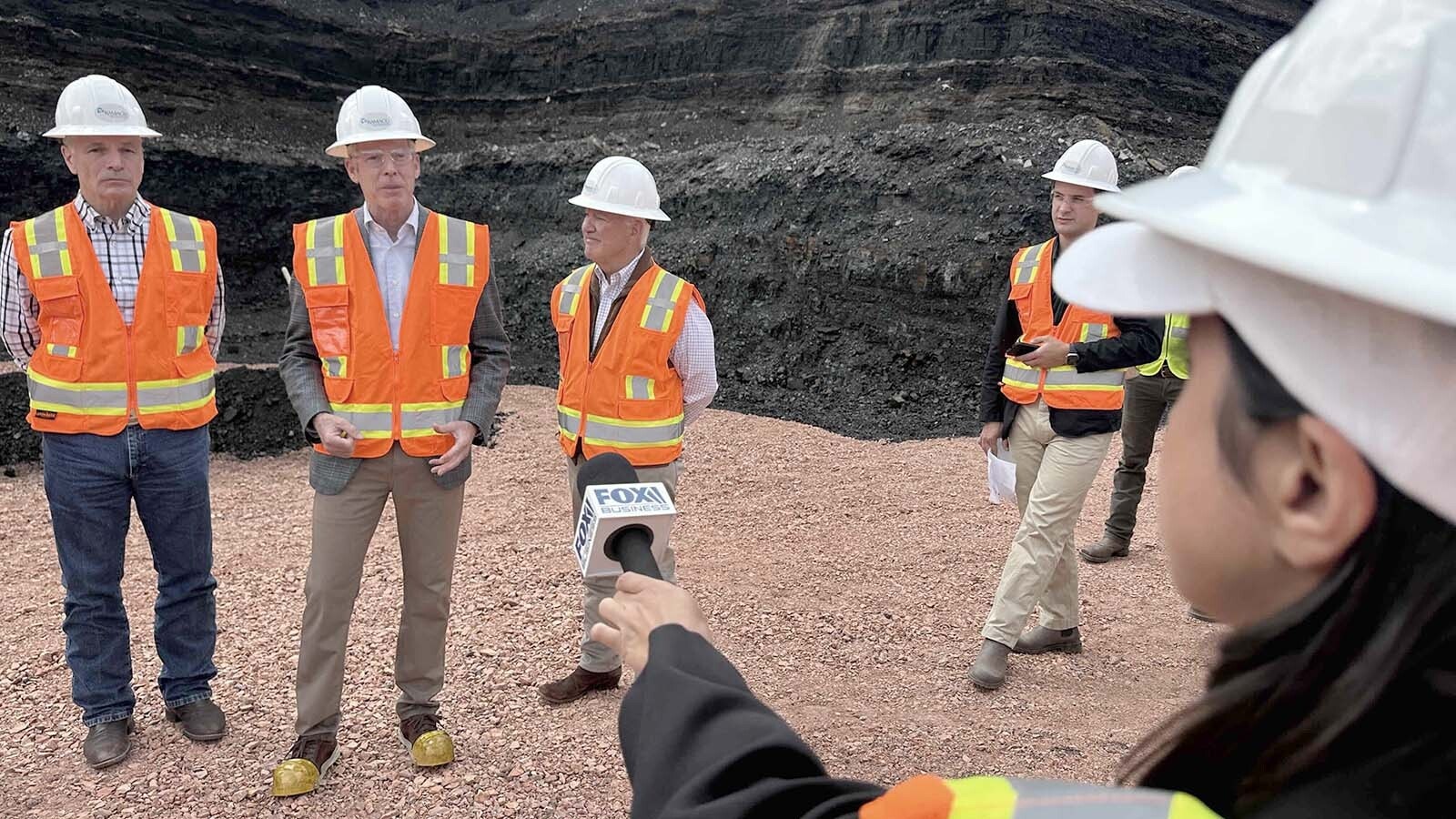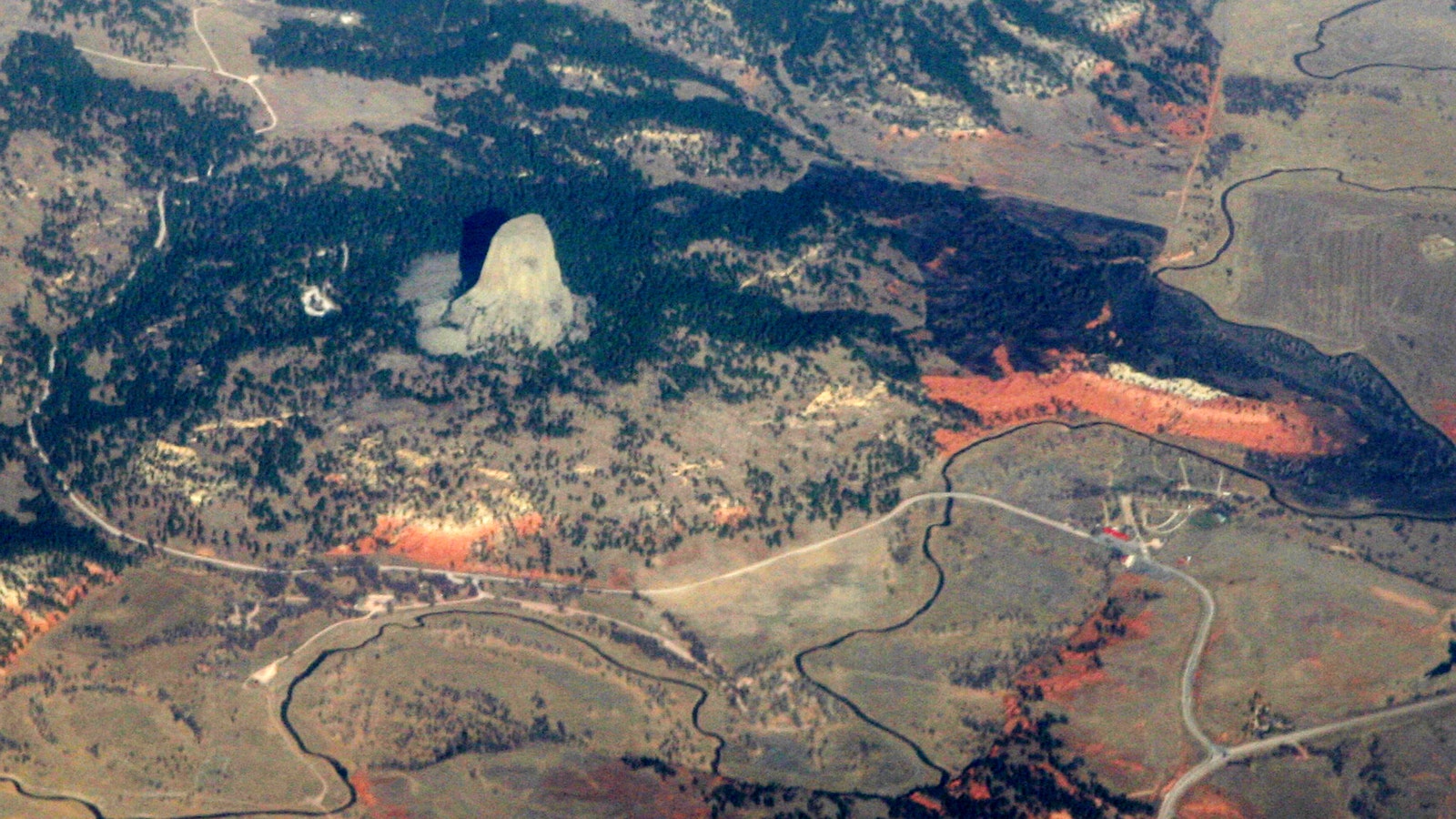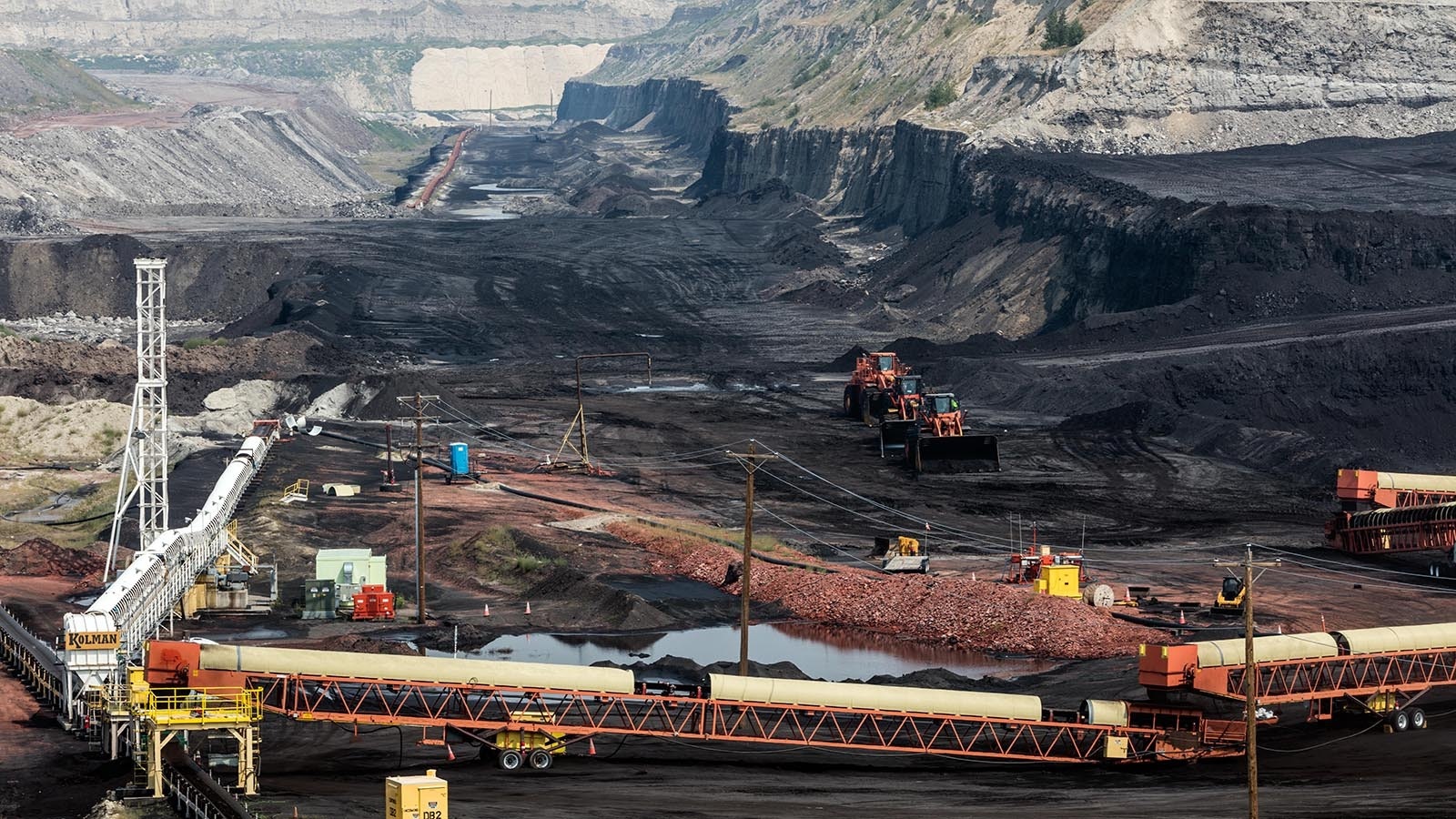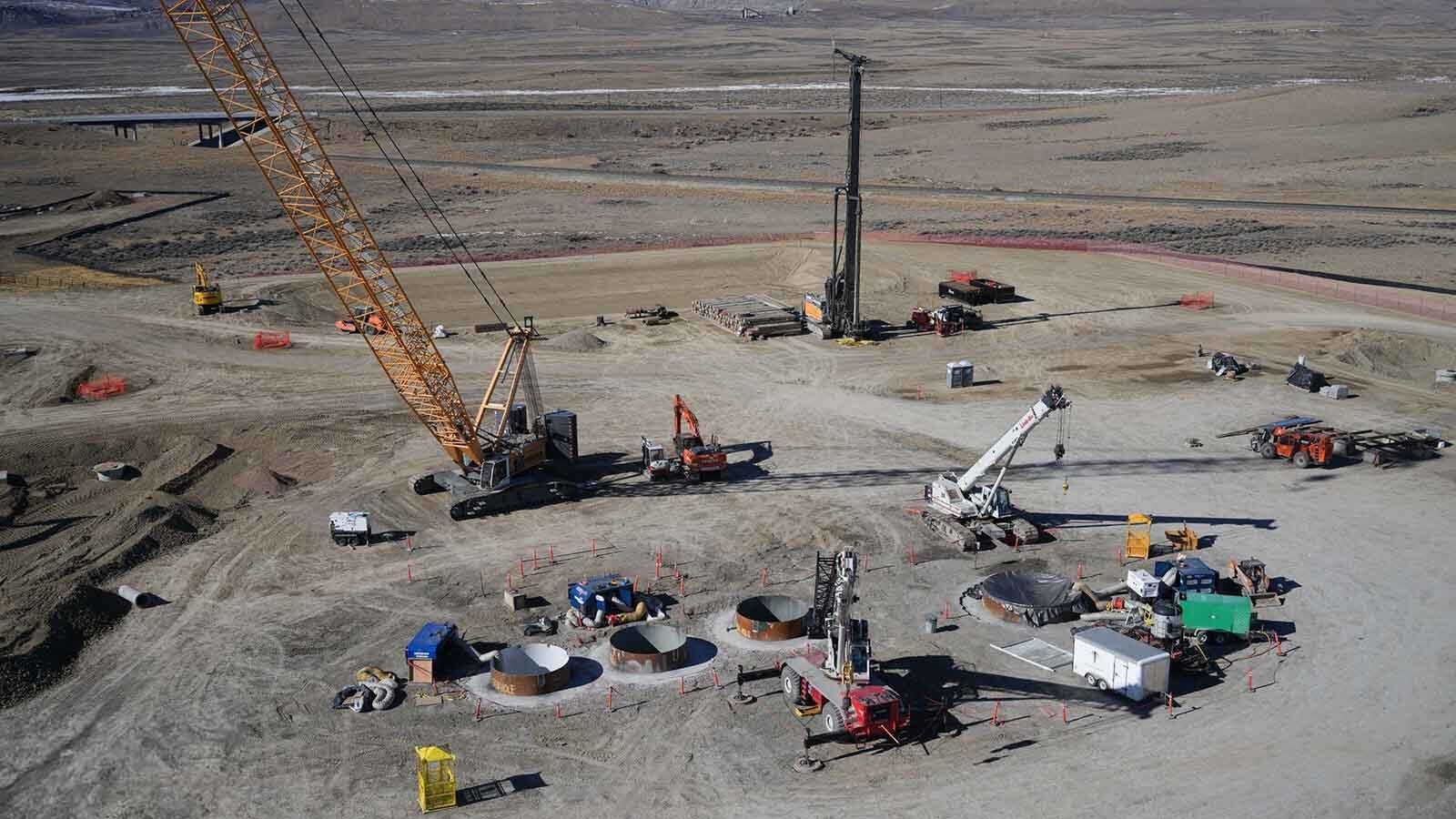Several studies over two decades have found that wind turbines impact local meteorological conditions by raising temperatures at the surface level.
The impacts are different from the warming effect of carbon dioxide emissions from oil, gas and coal in that they only last while the wind turbines are in operation. However, driven by federal subsidies, wind farms are being built across Wyoming at a rapid pace.
As these spread across the Cowboy State, there’s a growing concern of the cumulative impacts all these projects will produce.
Anne Brande, executive director of the Albany County Conservancy, told Cowboy State Daily there are 13 wind projects planned around Laramie alone.
“I’m concerned about the impacts, as are the conservancy members. And no one is really taking a look at all this,” Brand said.
The Science
A 2004 study in the Proceedings of the National Academy of Sciences found that “large-scale use of wind power can alter local and global climate by extracting kinetic energy and altering turbulent transport in the atmospheric boundary layer.”
The authors of the study also state that large amounts of wind across the continent will produce a pronounced impact on climate, but that reducing carbon dioxide emissions produce a net benefit to the climate.
In a 2010 study, University of Illinois researcher Somnath Roy found that wind farms affect temperatures and humidity near the surface.
Roy warns that the “explosive growth” of future wind farms, which has occurred since the study was done, could impact agriculture. Roy was co-author on a 2013 study that found the same impacts.
“More and more wind farms are being constructed on agricultural land that is sensitive to changes in the microclimate,” the authors write.
Roy was also co-author on a 2015 study that found wind farms raise nighttime temperatures.
A 2011 Purdue study found increased temperatures at the surface as a result of wind farms, as did a 2016 study in Scotland.
A 2018 study in Joule estimated that generating the United States’ electricity demand with wind power would warm surface temperatures by 0.24 degrees celsius, which is nearly one-fourth of the amount of warming the globe has seen since 1800.
Expert Response
As with all scientific research, there is discussion and nuance.
A group of experts weighed in on the Joule study for Science Media Centre (SMC), a science publication based in the United Kingdom.
The experts say that the impact of turbines is local and not global, as is the case with emissions from fossil fuels, and wind turbines are only redistributing heat rather than trapping it in the atmosphere.
The experts argue that despite the documented impact on local temperatures of wind turbines, fossil fuels are much worse.
None of the experts have a background in electrical engineering, and the impacts of rising energy costs and reliability of wind turbines on the electric grid aren’t considered.
In 2021, wind energy accounted for 4% of the total U.S. primary energy consumption, which includes electricity, heavy industry and transportation. Coal, oil and natural gas provided nearly 82%.
Wildlife Impacts
Mike Lockhart, a wildlife biologist specializing in eagles who worked for the U.S. Fish and Wildlife Service for more than 30 years, is concerned that all these projects in Wyoming are being built within a major corridor for gold eagles.
Lockhart is supportive of wind energy and concerned about climate change, but has said that the number of eagles killed by turbines in a major corridor is significant and likely underestimated. He said wind farms should be built elsewhere.
Lockhart said he wasn’t familiar with the research on the impacts of wind projects on surface temperatures, nor was he aware of any research into how rising surface temperatures might impact eagles.
The studies on the surface temperature impact only measured the effect and didn’t look at impacts to wildlife. Most of it was considering impacts to agriculture.
Brande said that the noise and industrialization from wind projects are going to spread across migration corridors used by pronghorn, which will not only harm wildlife but could impact Wyoming’s tourism industry.
‘Just Talking Points’
Physicist John Droz Jr., who runs the Alliance for Wise Energy Decisions (AWED), an online resource of information about the impacts of wind energy, told Cowboy State Daily the studies showing these impacts on surface temperatures raise questions about the value of wind energy in the U.S.
“Wind energy is not being promoted for any net benefits to ratepayers, taxpayers, citizens, businesses, the environment or climate,” Droz said.
Droz compiles the studies on surface-temperature impacts from wind energy on the AWED site. There are other impacts he documents as well, such as how taking so much energy from the wind to generate electricity will have diminishing returns as all that energy is depleted.
Cowboy State Daily contacted BluEarth Renewables, which is building the 60-turbine Two Rivers Wind Energy Project near Medicine Bow, and Connect Gen, which is building the Roundhouse Wind Projects, which together will have 106 turbines. Neither company provided responses about these impacts and if anything can be done to mitigate them.
“What is the reason we’d be making this horrific ecological sacrifice? They would say, ‘Well, we need to do it for the climate,’ but that’s just talking points,’” Droz said.
Kevin Killough can be reached at: Kevin@CowboyStateDaily.com





